
The Mystery of Two Circular Structures Discovered in Hadrianopolis Ancient City is Being Uncovered
Ongoing excavations in the Hadrianopolis Ancient City, located in Eskipazar district of Karabük, Türkiye, have revealed two circular-plan structures identified through ground-penetrating radar (GPR). Their functions are now being investigated as part of a broader archaeological effort.
Once an important settlement during the Late Chalcolithic, Roman, and Early Byzantine periods, Hadrianopolis is known for its rich mosaic heritage and is often referred to as the “Zeugma of the Black Sea.” The excavation and restoration works are being carried out under the leadership of Assoc. Prof. Ersin Çelikbaş from Karabük University’s Department of Archaeology.
New Exhibition Area Planned in Light of Discoveries
Launched about a month ago under the auspices of Türkiye’s Ministry of Culture and Tourism and its “Heritage for the Future Project,” the excavations aim to both uncover and analyze the newly identified circular structures, which are situated between the site’s inner castle and the designated visitor route.
“We detected two circular-plan structures using GPR. Our goal is to expose and understand their purpose and add a new exhibition area to the archaeological site,” said Assoc. Prof. Çelikbaş.
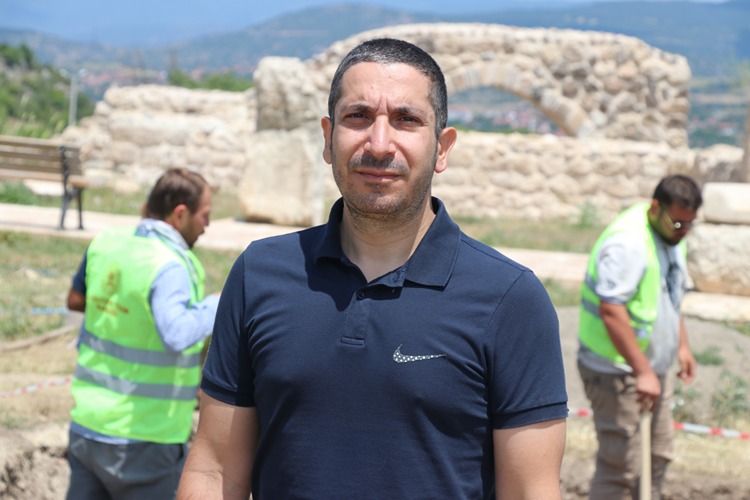
A 50-Member International Team in the Field
The 2025 excavation season includes a diverse team of 50 experts, both local and international. Two teams from Germany are also participating—one specializing in excavations and the other in GPR analysis. These collaborative efforts are expected to continue through the end of the year.
📣 Our WhatsApp channel is now LIVE! Stay up-to-date with the latest news and updates, just click here to follow us on WhatsApp and never miss a thing!!
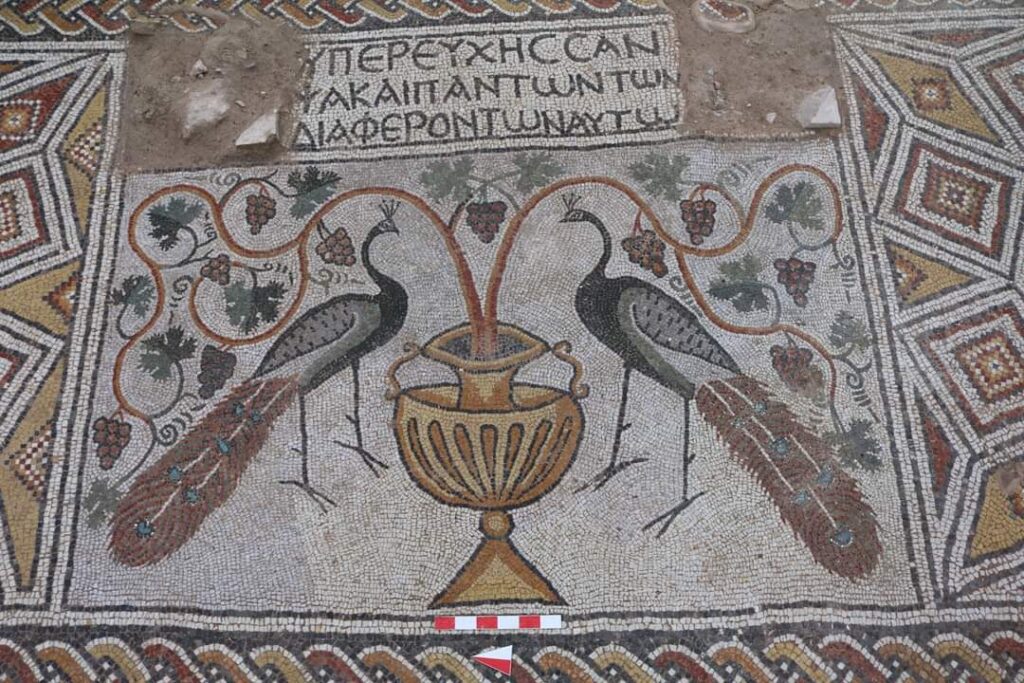
A City Rich in History and Art
Hadrianopolis has previously yielded impressive finds, including two bath complexes, two churches, a defensive structure, rock tombs, an inner fortress, underground settlements, fountains, vaulted buildings, cult niches, city walls, villas, monumental buildings, and sacred areas. The city’s mosaic floors, which feature vivid depictions of animals, have drawn particular attention from the archaeological community.
The current excavations are expected to shed new light on the city’s past and contribute further to the preservation and presentation of Türkiye’s ancient cultural heritage.
You may also like
- A 1700-year-old statue of Pan unearthed during the excavations at Polyeuktos in İstanbul
- The granary was found in the ancient city of Sebaste, founded by the first Roman emperor Augustus
- Donalar Kale Kapı Rock Tomb or Donalar Rock Tomb
- Theater emerges as works continue in ancient city of Perinthos
- Urartian King Argishti’s bronze shield revealed the name of an unknown country
- The religious center of Lycia, the ancient city of Letoon
- Who were the Luwians?
- A new study brings a fresh perspective on the Anatolian origin of the Indo-European languages
- Perhaps the oldest thermal treatment center in the world, which has been in continuous use for 2000 years -Basilica Therma Roman Bath or King’s Daughter-
- The largest synagogue of the ancient world, located in the ancient city of Sardis, is being restored

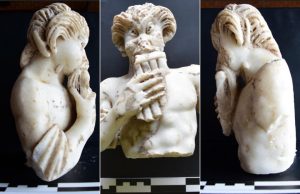
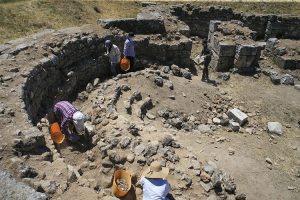
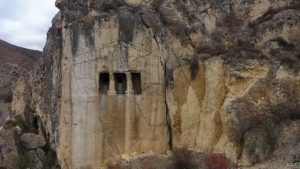
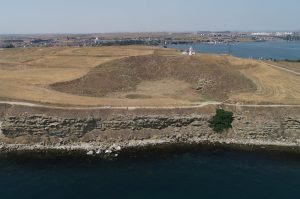
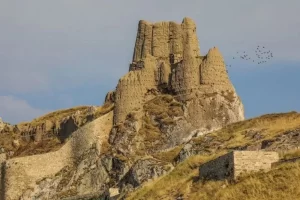
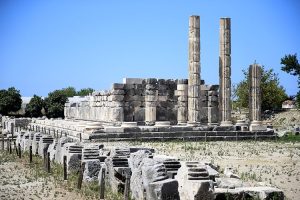


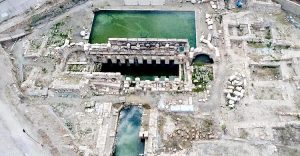
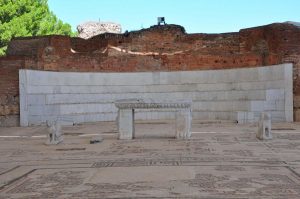
Leave a Reply